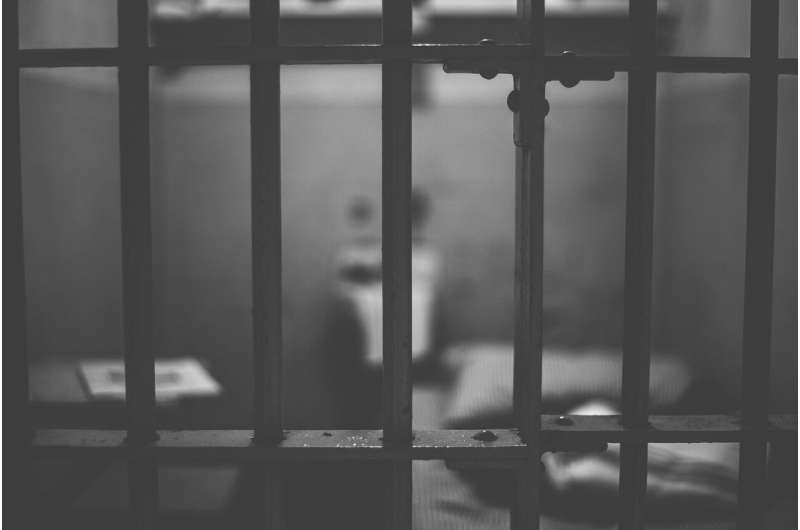Report says source data scarce on mental health units in correctional facilities

Specialized mental health units (MHUs) may be critical to managing the high rates of serious mental illness in incarcerated populations. But research data on unit characteristics, services provided, and outcomes achieved by MHUs in correctional facilities are scarce, according to a report in the July/August issue of Harvard Review of Psychiatry. The journal is published in the Lippincott portfolio by Wolters Kluwer.
With the scarcity of formal, peer-reviewed studies, Clinical Psychology Ph.D. student Talia Cohen, Rakesh Karmacharya, MD, Ph.D., and colleagues of McLean Hospital, Belmont, Mass., took a different approach to gathering further information on MHUs in US correctional facilities: They Googled it. "Our gathering and collating the published and publicly available information on these 317 units will help bridge the gap in the literature on MHUs and help facilitate the development of additional MHUs," the researchers write.
Google search yields valuable data on MHUs in correctional facilities
Estimates suggest that 20 percent of inmates in jails and 15 percent of inmates in state prisons may have serious mental illness. Many patients, especially those with psychotic disorders, first receive psychiatric treatment after being incarcerated.
"The incarceration of mentally ill patients, who are often imprisoned due to issues related to untreated mental illness, is a major public health issue," the authors write. They set out to perform the first comprehensive compilation and description of MHUs in US correctional facilities.
But a preliminary review of health and criminal justice databases found "scant data": just 11 peer-reviewed articles were identified. To bridge the gap, Ms. Cohen, Dr. Karmacharya and colleagues performed a methodical, in-depth Google search of publicly available sources, including government websites, newspaper articles, and legal reports that led to the identification of 317 MHUs across the United States.
Although the available data varied, the authors analyzed the characteristics of the identified US MHUs:
- About 80 percent of units were located in prisons, rather than jails or other settings. About three-fourths served male inmates only.
- About half of units offered groups or programs to inmates, one-third provided individual therapy, and less than one-fourth provided both group and individual services.
- Just over half of MHUs had dedicated mental health staff, while about one-fourth provided mental health training to correctional officers.
- Some units were developed in partnership with other government agencies, nonprofit organizations, or universities. Funding for MHUs came from a variety of sources, most often state budgets or legislation.
- Information on the outcomes of mental health care was available for 38 MHUs, most of which reported reductions in violence and injuries. "The reports from these units show promising results for the benefits of implementing MHUs but also demonstrate the urgent need to conduct implementation and effectiveness trials for them," the researchers write.
Based on their experience, the authors make recommendations for creating a successful therapeutic environment at MHUs. They believe that units should be small, serving no more than 40 inmates. For the MHUs identified in the review, average unit size was 73 beds.
Units should offer groups and programming plus individual therapy, should have a trained and dedicated clinical staff, and should provide mental health training to correctional officers, the researchers believe. Only 12 (3.8%)of the MHUs identified in the review met all of these criteria.
While acknowledging the limitations of the evidence in their wide-ranging review, including the use of largely non-peer-reviewed sources, the researchers hope the findings will provide useful descriptive information on MHUs in the United States. The authors conclude: "Future research should collect systematized data from correctional facilities with MHUs in order to get a more comprehensive picture of the programs and to evaluate the effectiveness and feasibility of these treatment units."
More information: Talia R. Cohen et al, Mental Health Units in Correctional Facilities in the United States, Harvard Review of Psychiatry (2020). DOI: 10.1097/HRP.0000000000000267
















